2017 New Jeep Compass Vs 2018 Jeep Compass
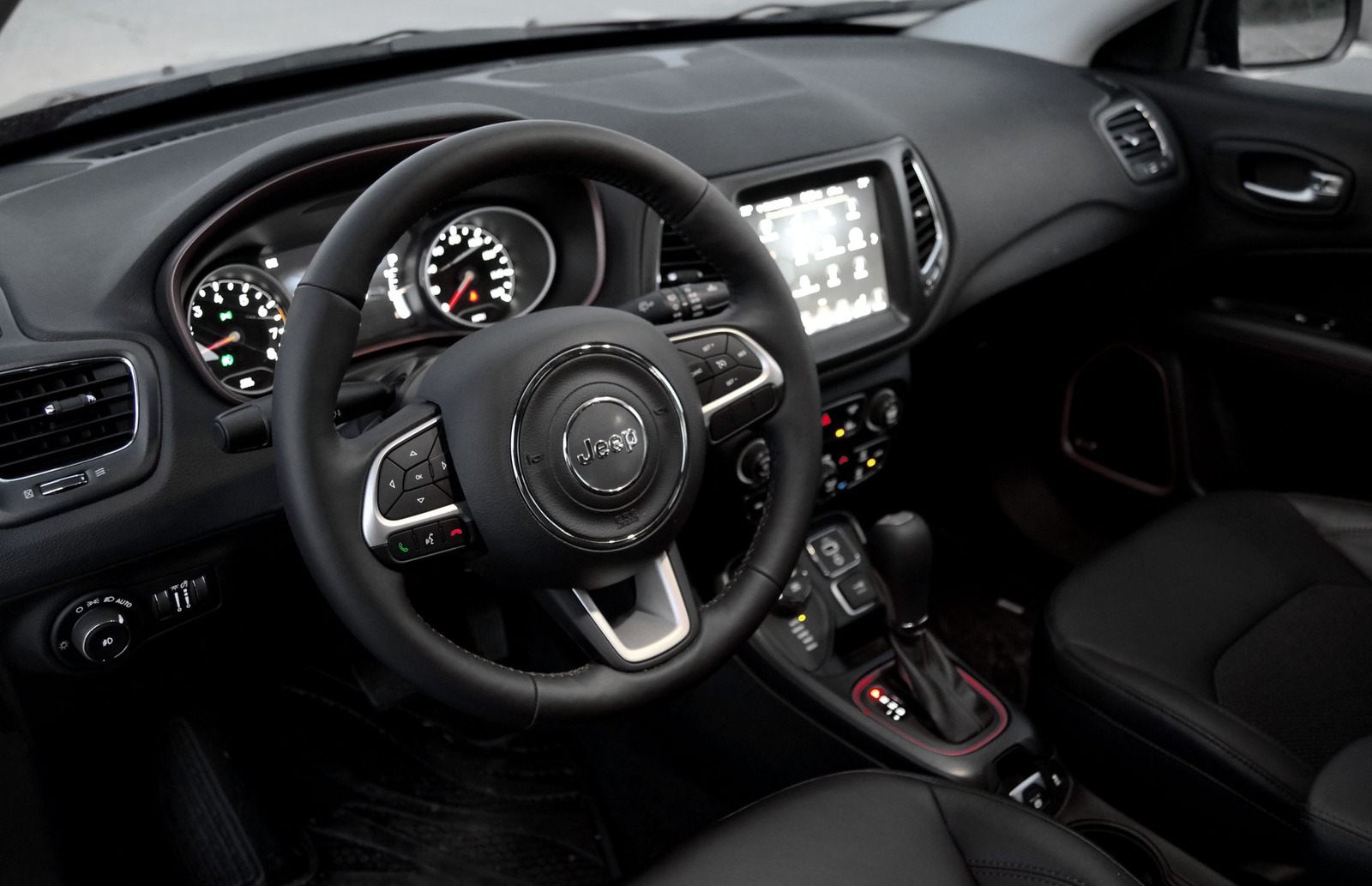
At first glance, the Compass is immediately recognizable as a Jeep. From the front, it looks like a smaller Grand Cherokee. From the side, it could be mistaken for the slightly larger Cherokee. From the back, there's a hint of Renegade and Wrangler. But in two-tone paint, it stands out from a crowded pack of identical-looking crossovers.
Inside, it's a world away from the old Compass. Everything fits together nicely, nothing feels cheap, and the whole setup wouldn't feel out of place in a Toyota or Honda. Big buttons and easy-to-read screens are simple to use, and rear passengers even get a USB port.
But it isn't perfect. Thanks to a loose turn-signal stalk, I accidentally flashed my high-beam headlights almost every time I signaled a left turn, and the speed-sensitive intermittent wipers were maddeningly too fast or too slow. Important heating and air-conditioning controls felt just out of reach.
And the Compass fits only 59.8 cubic feet of cargo with the rear seats folded. That's 8 cubic feet less than the Ford Escape, which is about the same size.
At least Jeep continued its tradition of hiding Easter eggs in this vehicle, like a plastic iguana sculpted under the windshield wipers and some sort of serpent on the rear window. Subtle Jeep grille insignias are emblazoned on almost every plastic surface to remind buyers of the brand's off-road heritage.
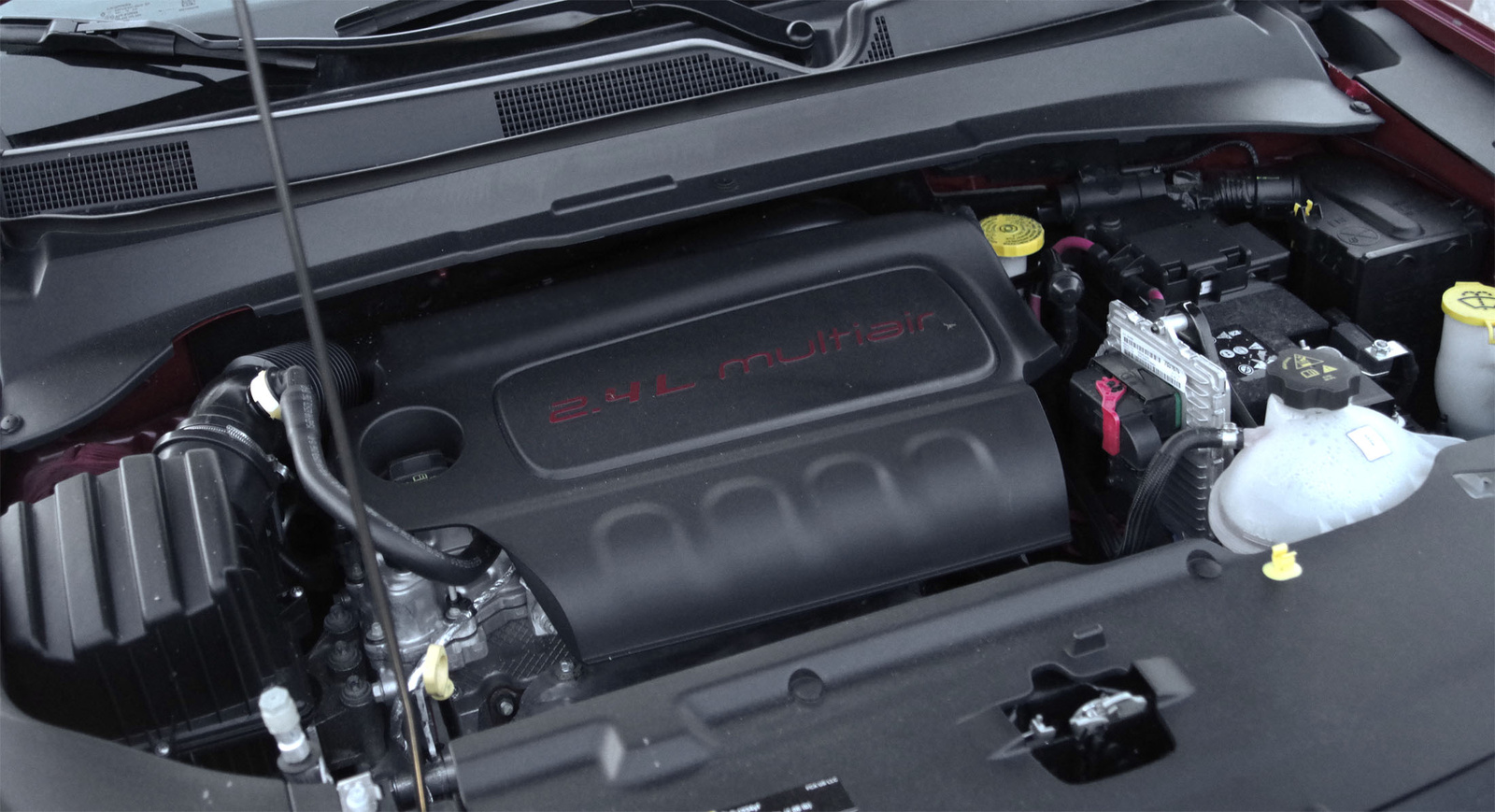
Every Compass with all-wheel drive (AWD) features a Selec-Terrain knob just in front of the shifter. Drivers can select from one of four modes for the AWD system: Auto, Snow, Sport, and Sand/Mud. Set it to Auto, and Jeep's Active Drive 4x4 system will automatically send power to all four wheels if you need the traction or just the front wheels if you don't. Set it to one of the other options and the system will respond accordingly.
The Trailhawk adds even more off-road capabilities with Jeep's Active Drive Low system. It features a 20:1 crawl ratio, hill-descent control, and an additional Selec-Terrain setting: Rock. It uses software to simulate a locking differential by managing the Compass' brakes. That means you get more control over the car at lower speeds, so it's easier to drive on rough terrain.
The Trailhawk's unique bumpers and ground clearance mean you get better approach, departure, and breakover angles—which basically means it's harder to bottom-out the Compass or get stuck in a ditch. Steel skid plates protect the underside of the vehicle, and it also comes with two big red tow hooks up front and one in the back.
I'm not a serious off-roader, but I appreciated how much control the Compass offered when I took it on a trail with deep ruts, protruding rocks, and substantial fallen branches. I also came away with the sense that—even though it's not a true off-roader like a Grand Cherokee or a Wrangler—it had a lot more to offer than what I asked it to do.
On pavement, however, the Compass feels less secure. That's largely the fault of its 9-speed automatic transmission, which seems reluctant to downshift at speed. In practical terms, that means the car feels sluggish even if you floor the gas pedal while merging onto the highway or passing another car.
The good news is that modern transmissions can be reprogrammed with a software update. I've seen enough complaints about this issue that I wouldn't be surprised if Jeep fixes it with a few lines of code.
The better news is that the Compass is otherwise enjoyable to drive. On jaunts around town, the 9-speed had no problem picking the right gear for the engine to work efficiently without feeling sluggish. If you don't mind auto start/stop killing the engine at stoplights, you'll get close to Jeep's promise of 22 mpg city, 31 highway, and 25 combined.
Inside, I thought the Jeep was quieter than a new Honda CR-V I drove earlier in the week. And even with its higher ride height and off-road design, the Trailhawk was equally adept at long highway cruises and smoothing out suburban potholes.
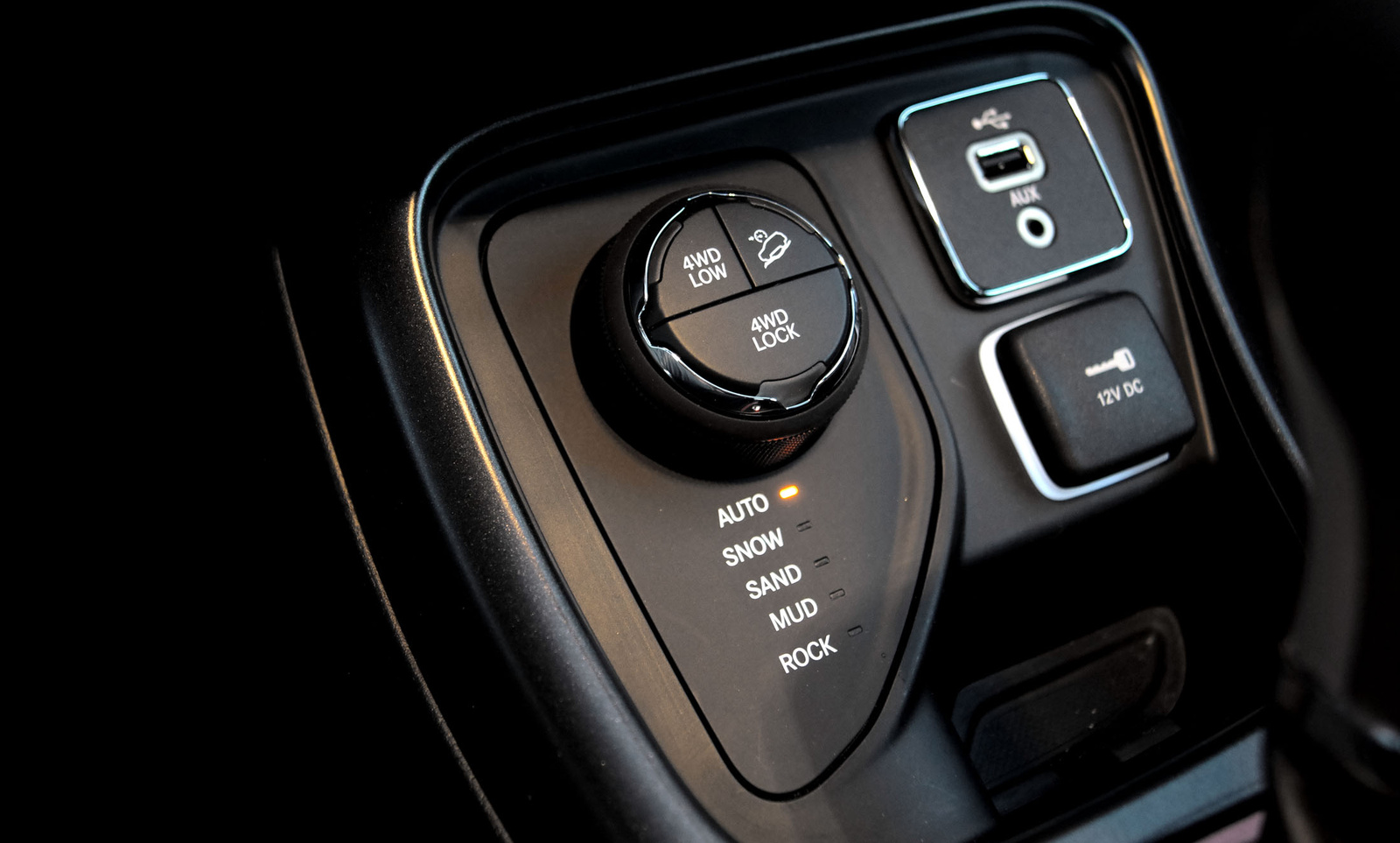
Every Compass comes with a 2.4-liter, 180-hp Tigershark 4-cylinder engine—the same one that's an upgrade in the Renegade and the base choice in the Cherokee. Everything else about its performance depends on which Compass you choose.
Four trim levels are available, starting with the Compass Sport. For $20,995, you get front-wheel drive (FWD), a manual transmission, and cloth seats. You can upgrade to a 6-speed automatic, but if you also add AWD, your choices are either a stick shift or a 9-speed automatic. The few available options include heated seats and satellite radio, but not Apple CarPlay or Android Auto.
The mid-level Latitude gets upgraded upholstery, but most importantly it unlocks even more option packages. In addition to active safety, you can also add navigation and a touchscreen that's compatible with Apple CarPlay and Android Auto.
The upscale Limited trim starts at $28,995 and comes with standard AWD, a 9-speed transmission, and leather seats. And then there's the Trailhawk, which I tested. It starts at $28,595 and wears a Trail Rated badge, which means it's designed for off-roading.
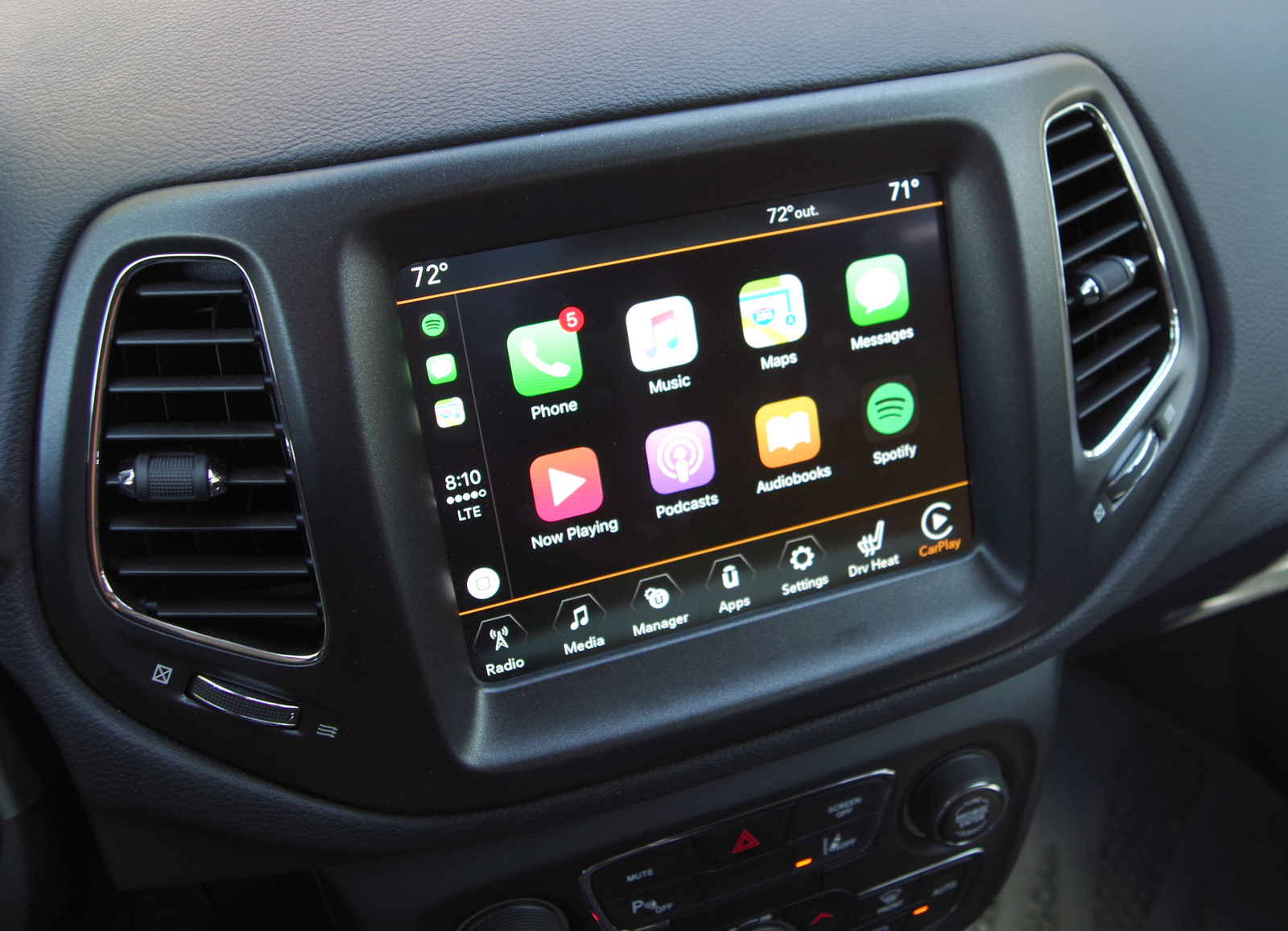
Although most of the Compass' unique tech is designed to help it handle slippery roads and loose pavement, it also comes with a new-for-2017 version of Chrysler's Uconnect infotainment system.
Buyers who spring for the 7-inch touchscreen now get Apple CarPlay and Android Auto compatibility, and the 8.4-inch touchscreen adds factory navigation, too.
No matter which size you choose, you'll find Uconnect faster and more responsive than the previous version. But you won't find a split-screen setup, so you'll have to choose between viewing, say, a playlist and a map.
You can also customize the Uconnect Home screen. That's important if you equip your Compass with optional heated seats and steering wheel, as Jeep buries those controls deep inside the Uconnect menu. Now all you have to do is drag and drop the heated seat controls to the home screen, and they'll be easy to reach.
Compass owners who choose the 8.4-inch navigation screen can also pay a recurring fee for 4G LTE internet access, which turns the Compass into a Wi-Fi hotspot that extends 150 feet beyond the vehicle.
If you subscribe to Uconnect Access, you'll get to control your Jeep from your phone. Apps include remote diagnostics and an app to warm up your car remotely on a cold morning.
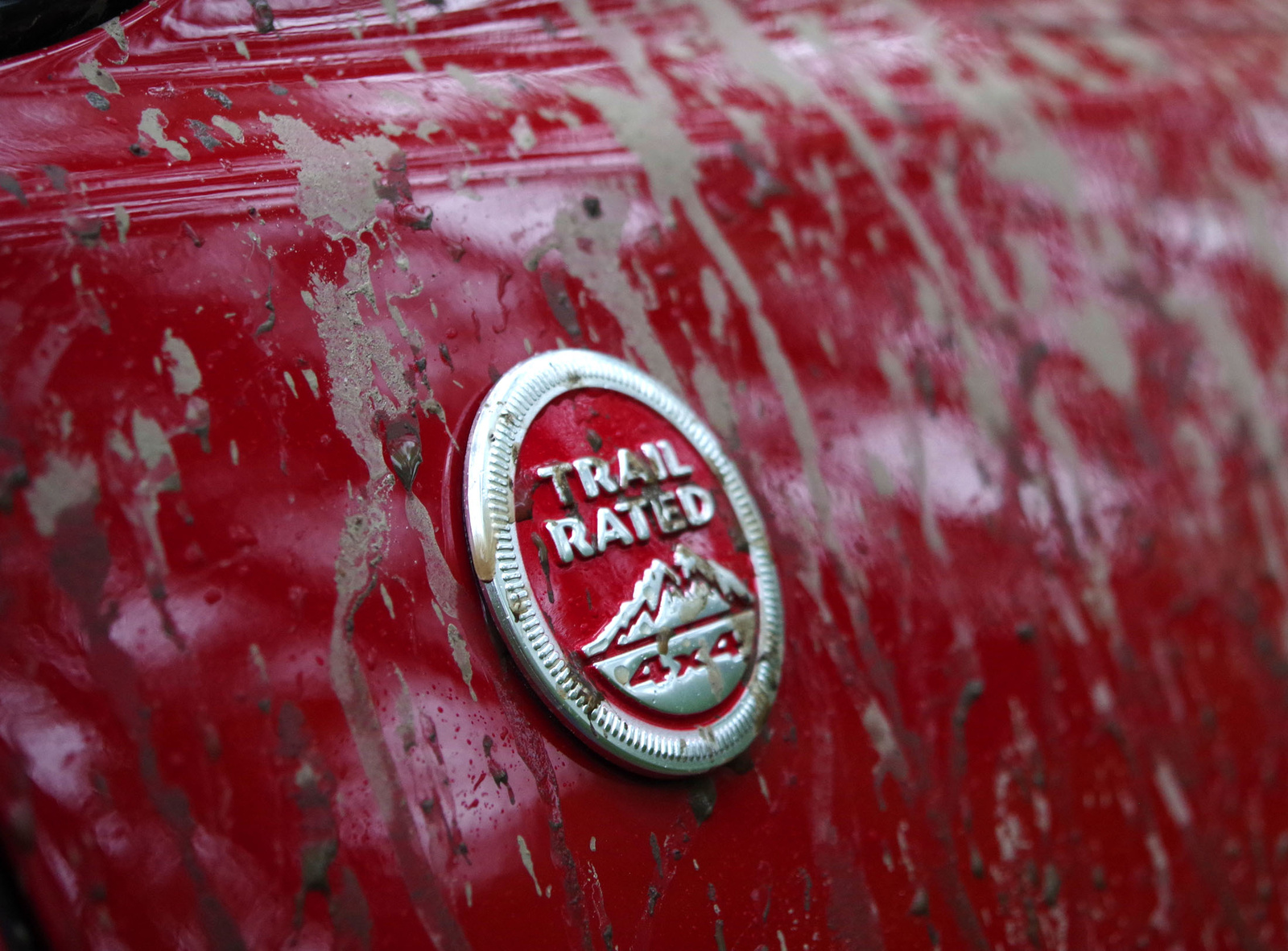
Neither the National Highway Traffic Safety Administration (NHTSA) nor the Insurance Institute for Highway Safety (IIHS) has crash-tested the new Compass. In NHTSA testing, the old Jeep Compass got only 3 out of 5 stars for frontal collision protection and 4 out of 5 stars overall. Many of its competitors got 5-star ratings, so we can only hope Jeep has engineered the new car to be an improvement.
Buyers can choose from a complement of active safety systems—including features like lane-keep assist, blind-spot detection, and forward-collision warning.
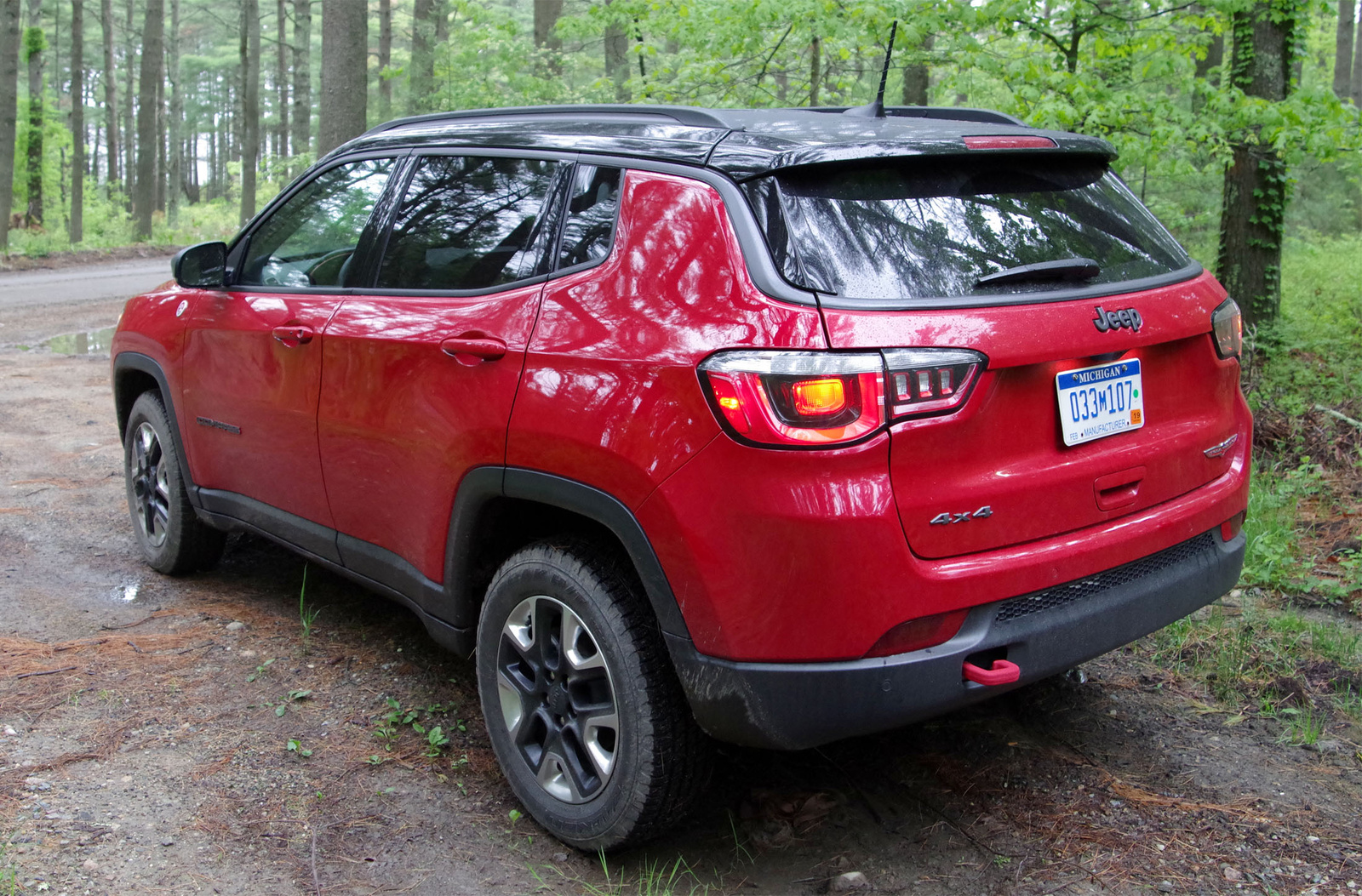
Whether the Jeep Compass is a good fit for your needs depends on what you need from a crossover.
If you're just looking for a FWD car with the added visibility and cargo room of a small SUV, there are better choices than the Compass Sport. Both the Ford Escape and Mazda CX-5 are more fun to drive, and the larger Honda CR-V, Toyota RAV4, and Subaru Forester have more space for stuff.
If you want cheap AWD, the Subaru Crosstrek starts at just $21,695. And even after Jeep's substantial interior upgrades, I think the Kia Sportage and Hyundai Tucson are more comfortable for road trips.
Upgrade to the Trailhawk, however, and the Compass suddenly stands alone. Compact but rugged, it goes places its similarly sized competitors can't. Even better, it's still comfortable to drive around town.
If you like to drive on the beach, frequently take unpaved roads that turn treacherous in winter, or want to take your car directly to remote campsites, the Compass will get the job done. But it will also get you to work and keep the kids comfortable on a road trip.
2017 New Jeep Compass Vs 2018 Jeep Compass
Source: https://www.cargurus.com/Cars/2017-Jeep-Compass-Overview-c26076